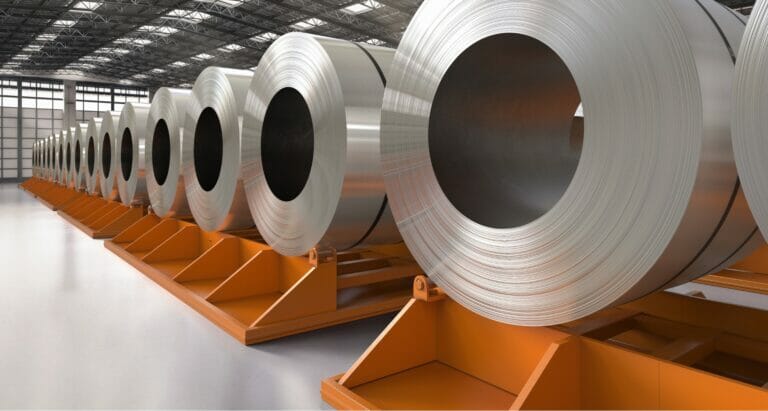The Challenge - the Hydraulic Press
The primary objective for this research institute was to achieve an appropriate level of safety and compliance for an industrial hydraulic press installation, a pivotal component of the metal forming research process.
The client sought assurance that the machinery not only met PUWER regulation requirements but also adhered to specific product standards (e.g. EN ISO 16092-3; Machine tools safety. Presses. Safety requirements for hydraulic presses. & EN 746-1; Industrial thermal processing equipment – Part 1: Common safety requirements for industrial thermal processing equipment). The safety compliance assessment involved assessing the industrial press, identifying safety concerns, and moreover implementing necessary revisions to meet the demanding safety standards.
The approach - Hydraulic Press safety
Initial Evaluation of hydraulic press and Documentation Review
Understanding the importance of machinery safety, a thorough evaluation of the research institute’s industrial hydraulic press was embarked upon. A meticulous review of technical documentation, including design drawings, control system schematics, and also existing safety protocols was conducted. Areas where technical documentation and moreover safety justification required strengthening were identified.
On-Site Inspection and Safety Audit
A visit to the research institute’s facility allowed a detailed machinery inspection and also a safety audit of the industrial press. The press operation was closely observed in order to identified potential hazards and analyse the effectiveness of existing safety measures.
hydraulic Risk Assessment
Moreover, a comprehensive analysis of potential hazards associated with the industrial press was conducted. The identified risks included:
- Sufficiency of safeguarding to prevent access to moving parts.
- Layout to facilitate safe operation and communication between operators.
- Safety related control function implementation (EN ISO 13849).
- Safety labelling and instructions.
- Safe operator access.
Safety Related Control Functions Assessment
An inspection and review, in accordance with EN ISO 13849, was also conducted on the machinery’s Safety Related Control Functions. Including critical system functions and components responsible for safe operation. The SRCFs’ design, performance, and integration with the overall safety system was assessed. Through a systematic approach the SRCFs’ reliability and compliance with the relevant safety standards was assessed.
Identifying Areas for Revision
Based on the assessment, areas were identified where revisions were required to align the industrial press with the product-specific standard and also PUWER regulations. Key areas for revision included:
- Integration of robust safety related parts of control functions to enhance safety system reliability.
- Design modifications to also enhance safety guarding.
- Location of emergency stop buttons for immediate shut-off in case of emergencies.
- Considerations for mitigation of emitted radiation from heat source.
Revision and Compliance Implementation
The client’s engineering team was enabled to implement the necessary revisions and improvements. Detailed guidance and documentation were provided to ensure that the changes were executed correctly, and moreover that the machinery complied with the product-specific standard and PUWER regulations.
Results and Benefits of Hydraulic Press safety
Furthermore, thanks to the meticulous assessment, expertise, and collaboration the research institute successfully achieved safety compliance, ensuring that their industrial press complied with safety legislation, industry standards, and PUWER requirements. The partnership yielded several key benefits:
01. Enhanced Worker Safety
The revised industrial press boasted robust safety-related control functions, significantly reducing the risk of accidents and injuries, and also providing a safer work environment for employees.
02. Regulatory Compliance
By aligning the machinery with product-specific standards and PUWER regulations, the research institute demonstrated a commitment to best safety practices, avoiding potential legal issues, and ensuring a smooth regulatory compliance process.
03. Reputation and Confidence
With a compliant industrial press, the research institute continues to hold its reputation as a safety-conscious and reliable state-of-the-art research facility, instilling confidence in customers and partners alike.




The outcome
Enabled by this strategic partnership the research institute transformed its industrial press into a model of safety and compliance, also meeting the rigorous requirements of product-specific standards and PUWER regulations. By prioritising employee safety, implementing necessary revisions, and moreover ensuring regulatory compliance, the advice and support empowered the research institute to continue its growth trajectory with confidence. As a result, their commitment to safety not only fostered a secure work environment but also reinforced its position as a respected leader in the metal forming industry.